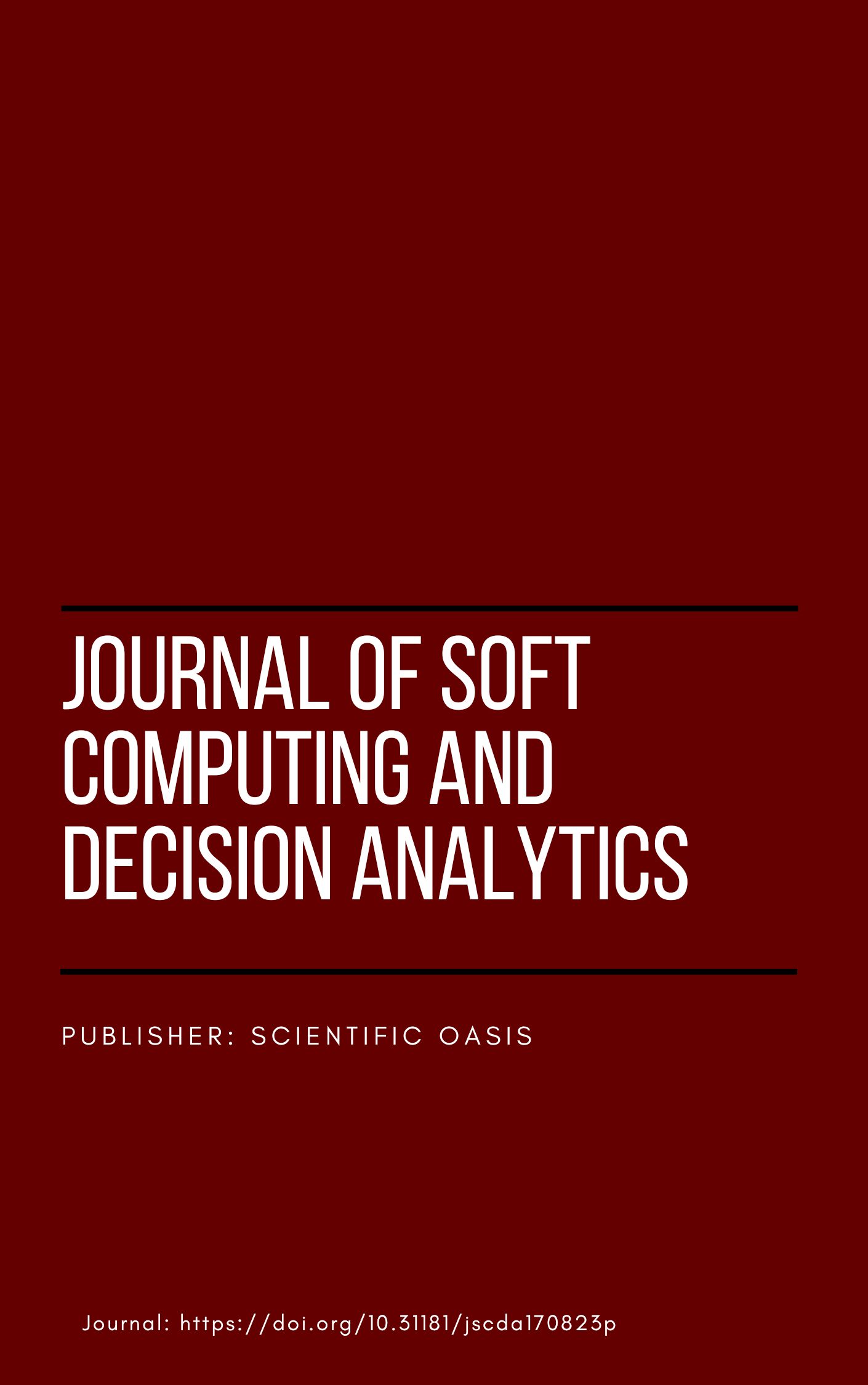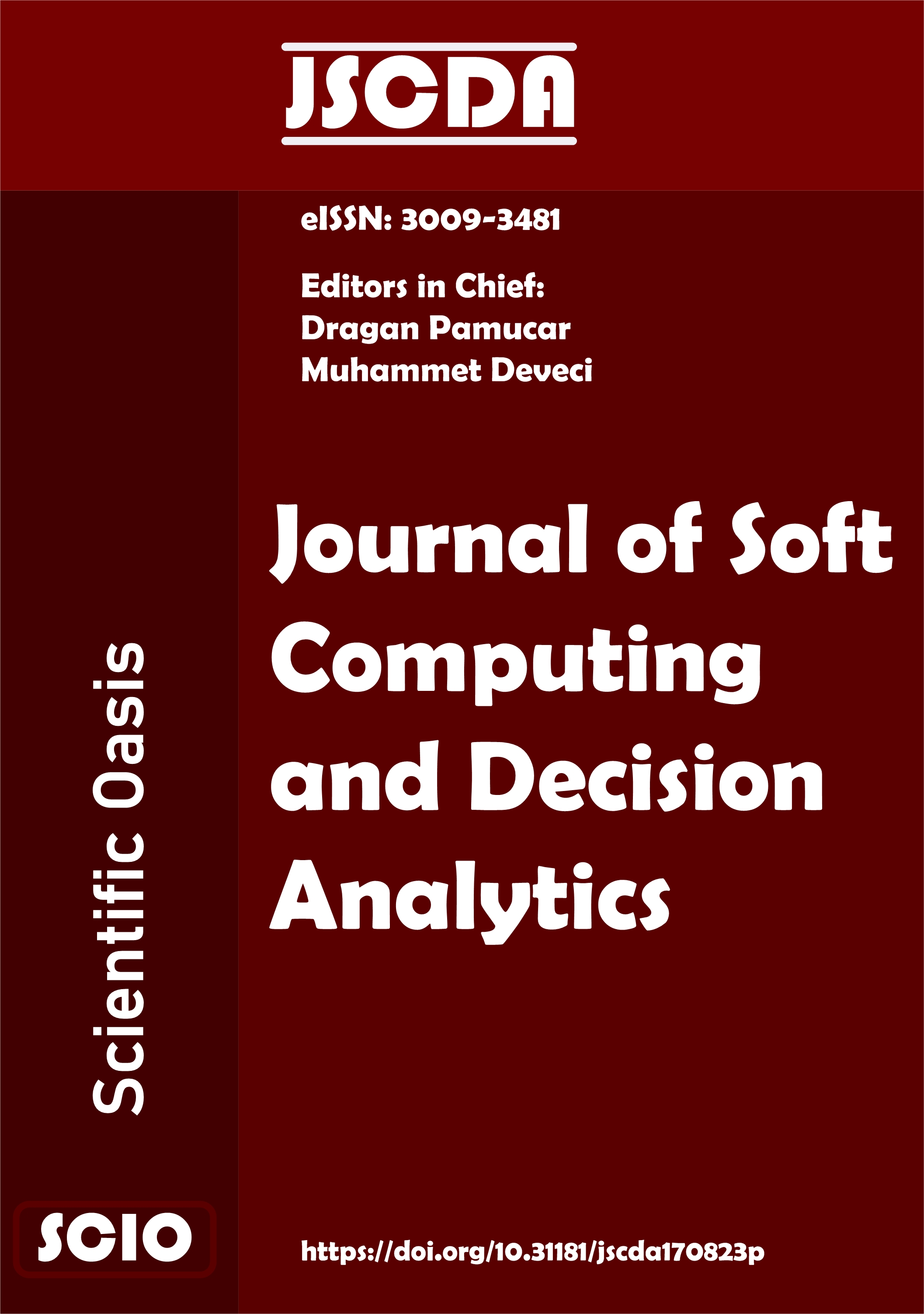Deployment and Implementation of IFS System Procurement Management Module of Road Network Company
DOI:
https://doi.org/10.31181/jscda11202325Keywords:
Enterprise resource plan, Purchasing management, System implementation, Major factors, Risk factors, Decision AnalyticsAbstract
Enterprise Resource Plan is the coordination of management and technology, making full use of information and supporting operational decision is the resource of ERP. Huge enterprise need to adapt the management requirement of information age and implement ERP. Beijing Rail Transit Luwang Group implement project management and operate resource is the coordination of ERP concept and software, and put it into practice and operation. Purchasing management module take an important role in the ERP implementation. Material purchase, equipment purchase finance control, all these need to realize in the purchasing management system. So we make research and analyze to the purchasing management, then design and develop for IFS purchasing function module, and achieve the purpose of adjusting the organization structure and implementing function. This article analyzed the factors which affect the ERP implementation in every stage and evaluated the result of implement ERP. And this article also present the all processes from demand analysis to system test. According to the current situation of Luwang Group, we proposed adjustment for the management system which all departments participant, then build the relationship between material requirement with purchase application and contract, in order to promote the efficiency and turnover ratio of spare parts. Improving the material management and ensure the consistence between cash on hand and accounting ledger. Then evaluating the ERP efficiency and summarizing the advantages and problems of internal enterprise, and providing experience for ERP implementation widely.
References
Akintoye, A., McIntosh, G., & Fitzgerald, E. (2000). A survey of supply chain collaboration and management in the UK construction industry. European Journal of Purchasing & Supply Management, 6(3-4), 159–168. https://doi.org/10.1016/s0969-7012(00)00012-5
Akkermans, H. A., Bogerd, P., Yücesan, E., & van Wassenhove, L. N. (2003). The impact of ERP on supply chain management: Exploratory findings from a European Delphi study. European Journal of Operational Research, 146(2), 284–301. https://doi.org/10.1016/S0377-2217(02)00550-7
Al Hayek, W. Y., & Abu Odeh, R. A. (2020). Cloud ERP VS On-Premise ERP. International Journal of Applied Science and Technology, 10(4). https://doi.org/10.30845/ijast.v10n4p7
Barjis, J. (2008). The importance of business process modeling in software systems design. Science of Computer Programming, 71(1), 73–87. https://doi.org/10.1016/j.scico.2008.01.002
Botta-Genoulaz, V., Millet, P.-A. ., & Grabot, B. (2005). A survey on the recent research literature on ERP systems. Computers in Industry, 56(6), 510–522. https://doi.org/10.1016/j.compind.2005.02.004
Buhalis, D. (2004). eAirlines: strategic and tactical use of ICTs in the airline industry. Information & Management, 41(7), 805–825. https://doi.org/10.1016/j.im.2003.08.015
Daily, B. F., & Huang, S. (2001). Achieving sustainability through attention to human resource factors in environmental management. International Journal of Operations & Production Management, 21(12), 1539–1552. https://doi.org/10.1108/01443570110410892
Ge, L., & Voß, S. (2009). ERP application in China: An overview. International Journal of Production Economics, 122(1), 501–507. https://doi.org/10.1016/j.ijpe.2009.06.009
Grabski, S. V., Leech, S. A., & Schmidt, P. J. (2011). A Review of ERP Research: A Future Agenda for Accounting Information Systems. Journal of Information Systems, 25(1), 37–78. https://doi.org/10.2308/jis.2011.25.1.37
Handfield, R., Sroufe, R., & Walton, S. (2005). Integrating environmental management and supply chain strategies. Business Strategy and the Environment, 14(1), 1–19. https://doi.org/10.1002/bse.422
Hempel, P. S., & Kwong, Y. K. (2001). B2B e-Commerce in emerging economies: i-metal.com’s non-ferrous metals exchange in China. The Journal of Strategic Information Systems, 10(4), 335–355. https://doi.org/10.1016/s0963-8687(01)00058-0
Hitt, L. M., Wu, D. J., & Zhou, X. (2002). Investment in Enterprise Resource Planning: Business Impact and Productivity Measures. Journal of Management Information Systems, 19(1), 71–98. https://doi.org/10.1080/07421222.2002.11045716
Huang, G. Q., Lau, J. S. K., & Mak, K. L. (2003). The impacts of sharing production information on supply chain dynamics: A review of the literature. International Journal of Production Research, 41(7), 1483–1517. https://doi.org/10.1080/0020754031000069625
Joseph, J., & Gaba, V. (2020). Organizational Structure, Information Processing, and Decision-Making: A Retrospective and Road Map for Research. Academy of Management Annals, 14(1), 267–302. https://doi.org/10.5465/annals.2017.0103
Liang, H., Saraf, N., Hu, Q., & Xue, Y. (2007). Assimilation of Enterprise Systems: The Effect of Institutional Pressures and the Mediating Role of Top Management. MIS Quarterly, 31(1), 59. https://doi.org/10.2307/25148781
Lieder, M., & Rashid, A. (2016). Towards circular economy implementation: a comprehensive review in context of manufacturing industry. Journal of Cleaner Production, 115(115), 36–51. https://doi.org/10.1016/j.jclepro.2015.12.042
Maclean, S. (2014). Examining Auditing as an Essential Element of Financial Management and Good Governance in Local Government. Africa’s Public Service Delivery and Performance Review, 2(2), 82. https://doi.org/10.4102/apsdpr.v2i2.53
Markides, C. C., & Williamson, P. J. (1996). Corporate Diversification And Organizational Structure: A Resource-Based View. Academy of Management Journal, 39(2), 340–367. https://doi.org/10.5465/256783
Morgan, L., Clohessy, T., & Acton, T. (2019). Contemporary Digital Business Model Decision Making: A Cloud Computing Supply-Side Perspective. International Journal of Networking and Virtual Organisations, 19(1), 1. https://doi.org/10.1504/ijnvo.2019.10003812
Ngai, E. W. T., Law, C. C. H., & Wat, F. K. T. (2008). Examining the critical success factors in the adoption of enterprise resource planning. Computers in Industry, 59(6), 548–564. https://doi.org/10.1016/j.compind.2007.12.001
Safa, M., Shahi, A., Haas, C. T., & Hipel, K. W. (2014). Supplier selection process in an integrated construction materials management model. Automation in Construction, 48, 64–73. https://doi.org/10.1016/j.autcon.2014.08.008
Seethamraju, R. (2014). Adoption of Software as a Service (SaaS) Enterprise Resource Planning (ERP) Systems in Small and Medium Sized Enterprises (SMEs). Information Systems Frontiers, 17(3), 475–492. https://doi.org/10.1007/s10796-014-9506-5
Torabi, S. A., & Hassini, E. (2008). An interactive possibilistic programming approach for multiple objective supply chain master planning. Fuzzy Sets and Systems, 159(2), 193–214. https://doi.org/10.1016/j.fss.2007.08.010
Yuan, J., Zeng, A. Y., Skibniewski, M. J., & Li, Q. (2009). Selection of performance objectives and key performance indicators in public–private partnership projects to achieve value for money. Construction Management and Economics, 27(3), 253–270. https://doi.org/10.1080/01446190902748705
Downloads
Published
Issue
Section
License
Copyright (c) 2023 Scientific Oasis

This work is licensed under a Creative Commons Attribution-NonCommercial-NoDerivatives 4.0 International License.
















